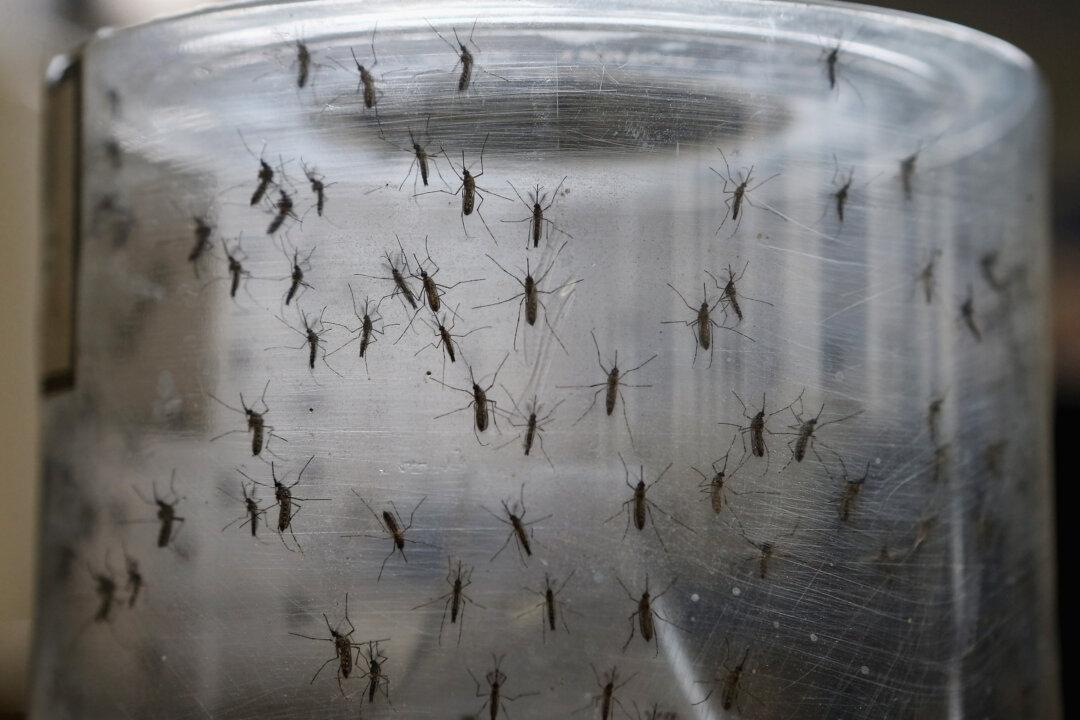A second Los Angeles County resident has contracted dengue fever without traveling outside of the United States, local health officials announced Nov. 1.
A Long Beach resident was infected by the mosquito-borne virus and has recovered at home, the Long Beach Health Department confirmed Wednesday.





